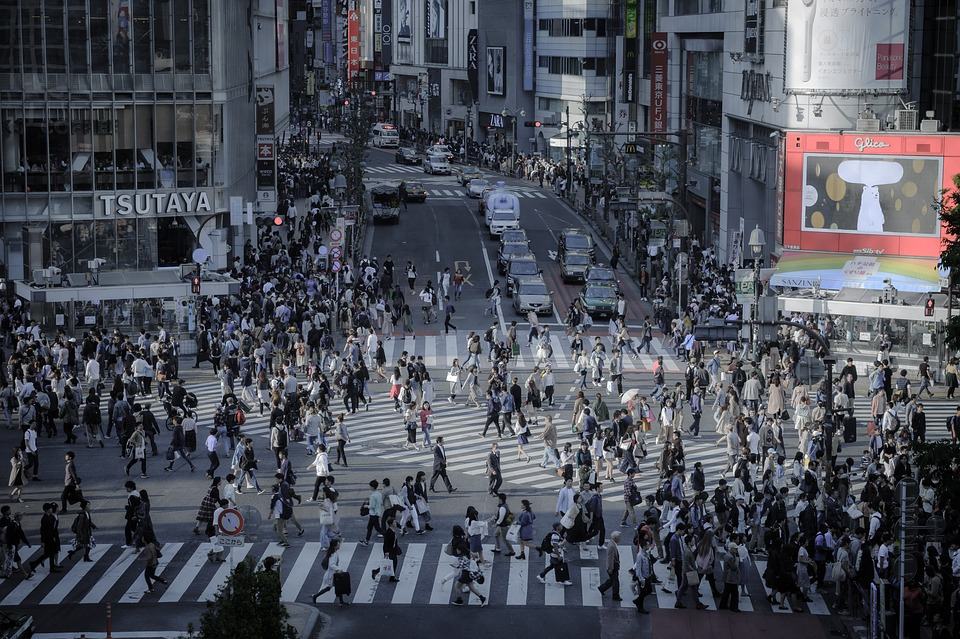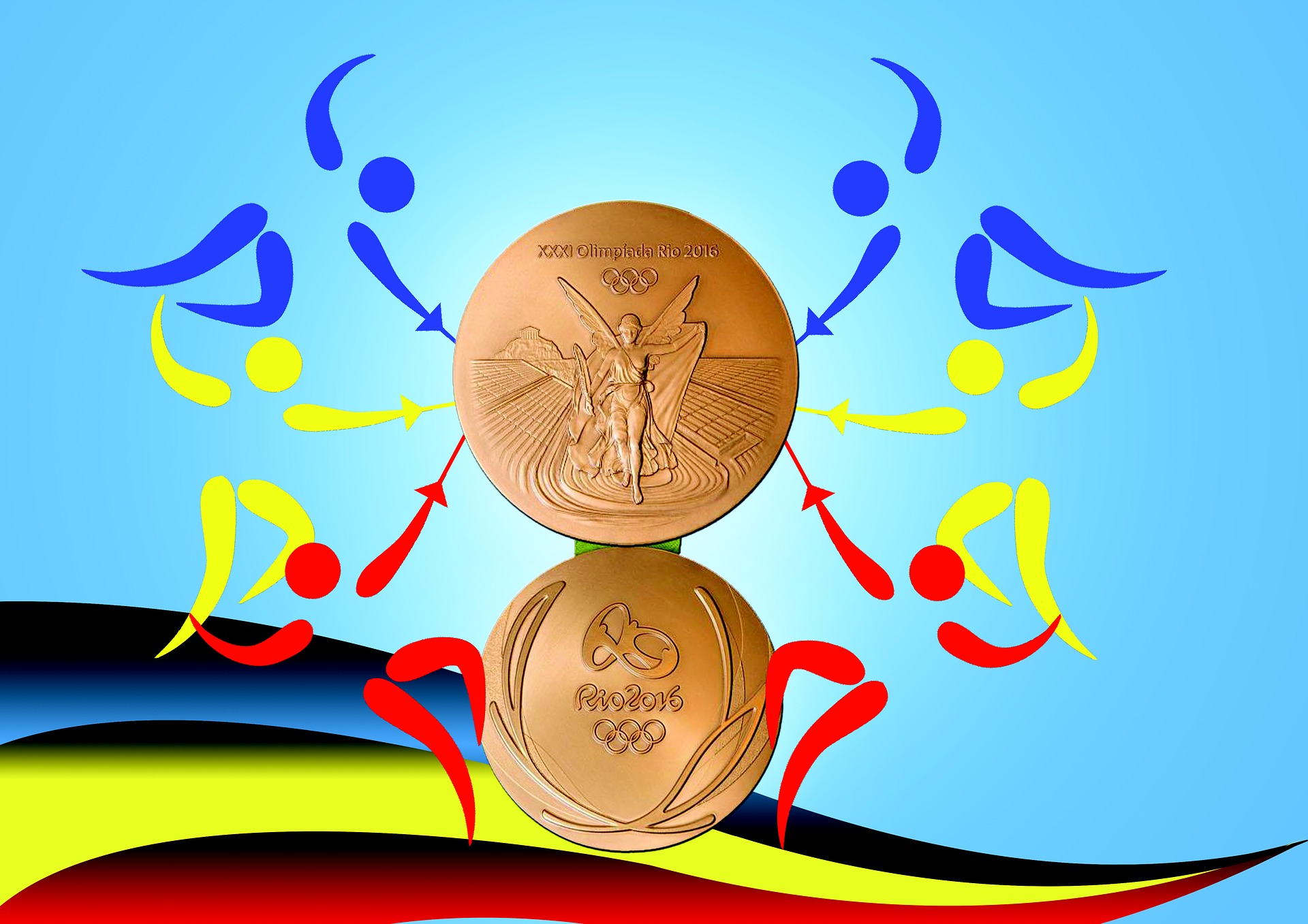One of the best things about travelling is the opportunity to meet new friends. If you go to Japan, you will find some of the friendliest and nicest people in the world. Even if you know zero Japanese, they will try to communicate with you using any English that they know, going the extra mile to help you with directions to wherever you want to go or translating Japanese signs and restaurant menus.
In order to successfully make friends in Japan, it is important to be familiar with the Japanese social norms and etiquette. There have been many cases in which foreigners in Japan do certain things that are accepted in their home countries that are actually considered offensive or rude by the Japanese.
So, to avoid putting yourself in embarrassing or awkward situations, educate yourself about Japanese etiquette before flying to Japan. Below are examples of common good manners and behaviors in Japan:
How to greet people
There are many basic Japanese words and phrases that you can memorize to greet new Japanese acquaintances. Before your trip, or while on the long plane ride over, you can spend a bit of time learning these simple greetings that can come in handy in various situations in Japan.
Usually, when meeting someone new, saying the following things should help you break the ice:
- Hello – “Konnichi wa”
- Good morning – “Ohayou gozaimasu”
- Good afternoon – “Konnichi wa”
- Good evening – “Konbanwa”
- Good night – “Oyasumi nasai”
If you want to introduce yourself and get to know some information about them, you say the following:
- My name is <your name>. – “Watashi wa <your name>.”
- I am <your name>. – “<Your name> desu.”
- What is your name? – “Onamae wa nandesuka?”
- It is a pleasure to meet you. – “Yoroshiku onegaishimasu.”
- Nice to meet you. – “Hajimemashite.”
- I am from <your home country or city>. – “<Your home country or city> desu.”
- Where are you from? – “Shusshin wa doko desuka?”
- Can you speak English? – “Eigo o hanasemasu ka?”
To say goodbye, you can use:
- Thank you for your time. – “O isogashii tokoro arigatou gozaimashita.”
- Jaa mata. – “See you later.”
If you have been invited to eat or drink, you should know the following phrases:
- “Itadakimasu” – This is said before starting any meal, similar to the French’s “bon appétit.”
- “Oishii” – This means “the food tastes delicious.”
- “Kampai” – This is said before drinking, while holding the glass up, similar to how the expression “cheers” work.
On a day-to-day basis, at train stations, convenience stores, sightseeing spots, and other places, you will find a lot of use for the following Japanese words and phrases, so make sure to remember them too:
- Thank you. – “Arigatou gozaimasu.”
- Excuse me. – “Sumimasen.”
- Yes – “Hai”
- No – “Iie”
- I do not understand Japanese. – “Nihongo ga wakarimasen.”
- I am sorry. – “Gomen nasai.”
How to bow
In your culture, you probably just smile, wave, or shake the hand of the person that you meet. In Japan, it is common for people to bow when they greet each other. It is a way to show respect, whether to elders, superiors, colleagues, new acquaintances, or even strangers.
There are many different situations where a bow is necessary. Below are examples:
- When being introduced to people
- When thanking a staff at a department store, train station, convenience stores, hotel, etc.
- When at temples, shrines, and other religious sites
- When participating in sports, martial arts, etc.
- When thanking a random Japanese person who gave you directions
- When apologizing after accidentally bumping into someone, stepping on their foot, or others
- When issuing a formal apology
Each situation requires different levels of bowing. For casual interactions, such as meeting new people, acknowledging store or restaurant employees, and so on, it is acceptable to give a 10-degree to 15-degree bow to show your respect and appreciation. But, for more formal or serious situations, such as if you made a mistake that put your company in trouble, or if you are a CEO and your company released defective products that negatively impacted a lot of people, doing a 45-degree to 90-degree bow is much more appropriate.
Foreigners in Japan are not expected to know all the rules about bowing, so you do not have to get so anxious about keeping your back straight or having your arms at your sides every time you bow. You should also not be too conscious about how long you bow, with a mental clock keeping track of how many seconds you are bent at the waist. A small and quick one- or two-second bow is perfectly okay.
Useful apps
These days, it is extremely helpful to download Japanese translation and dictionary apps to enhance your sightseeing and adventures in Japan. Even if you can only memorize five Japanese words before you fly to Japan, having these apps downloaded to your phone and ready to be used is a major lifesaver. Also, since a lot of them are available for free, there is no need to increase your travel budget or reduce your planned itinerary.
Below are eight highly recommended apps to download for your Japan trip to help you make friends with the locals:
- Google Translate – You can download the app here for free: iOS, Android
- Akebi – You can download the app here for free: Android
- Imiwa? – You can download the app here for free: iOS
- Japanese Translator Offline – You can download the app here for free: iOS
- Learn Japanese – You can download the app here for free: iOS
- Obenkyo – You can download the app here for free: Android
- Yomiwa – You can download the app here for free: iOS, Android
- Waygo Translator and Dictionary – You can download the app here for free: iOS, Android


